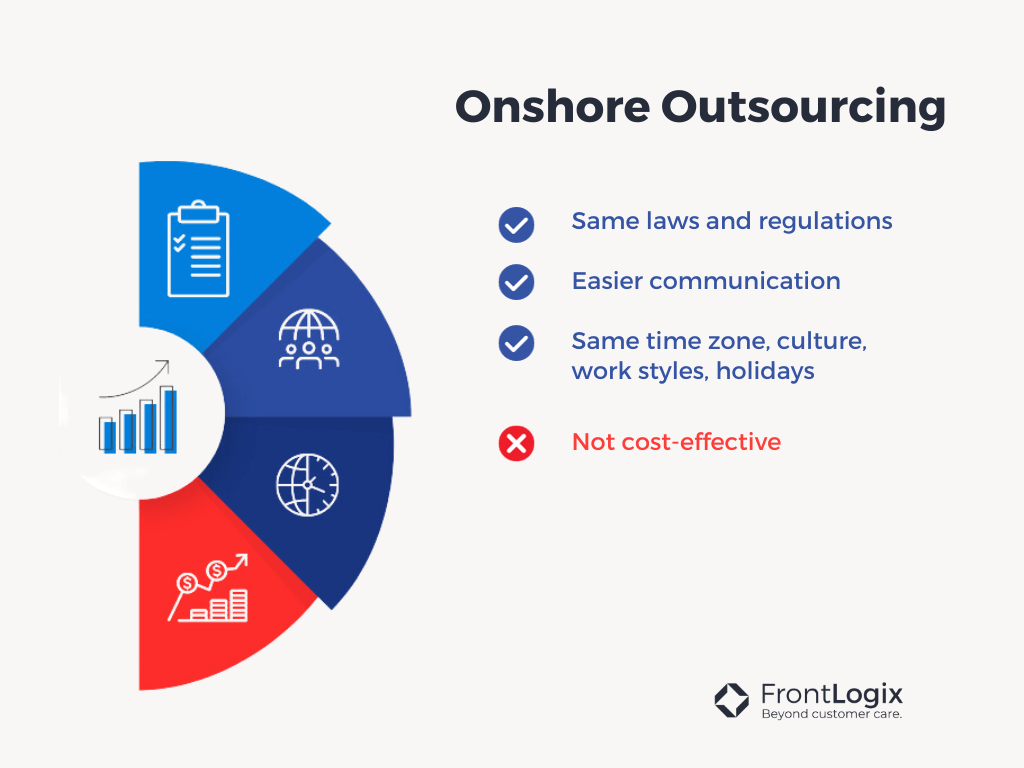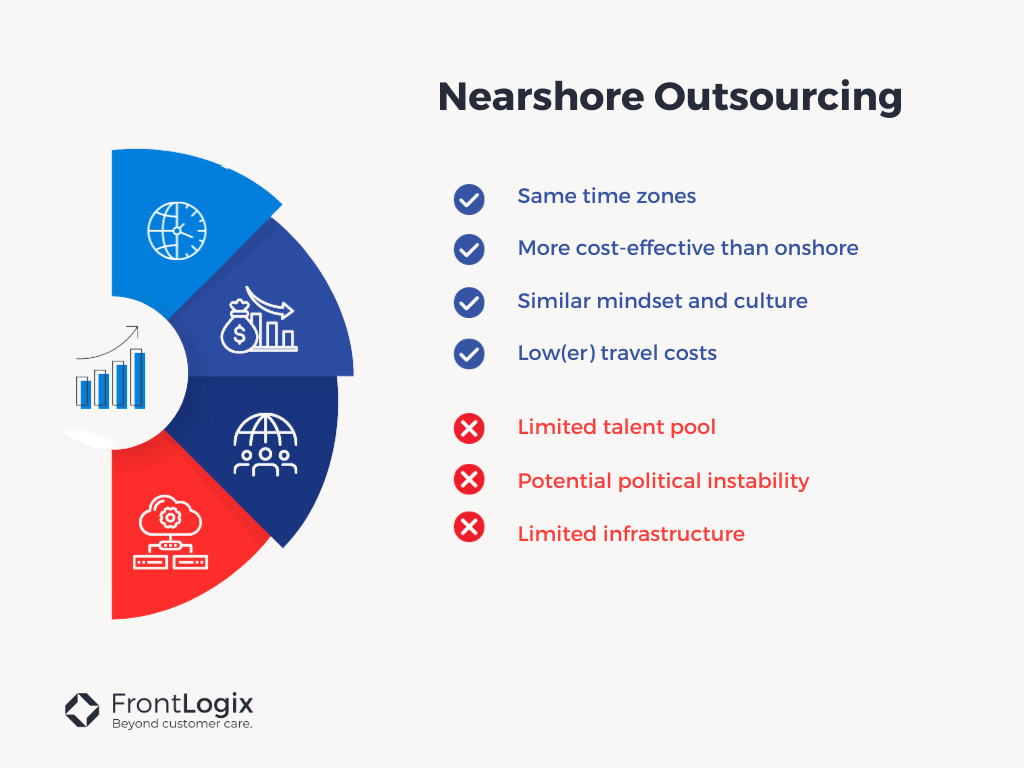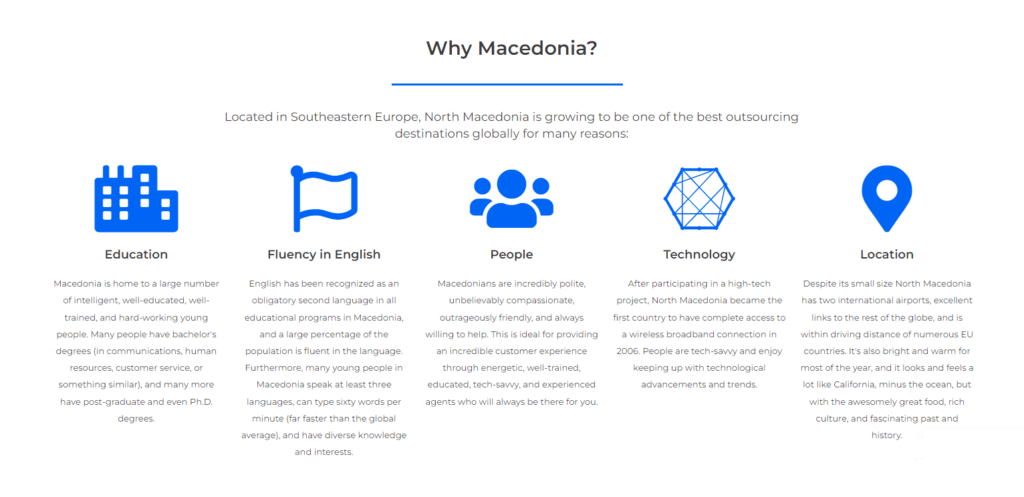The Evolution of Contact Center Workforce Management Solutions: Trends, Benefits, and What’s Next
By the end of 2025, Contact Center Workforce Management Solutions must deliver far more than shift charts. The latest standard combines AI-driven forecasting, omnichannel scheduling, and real-time coaching into a single control tower. Modern Contact Center Workforce Management platforms boost both workforce engagement and service resilience, while workforce-managed services in contact centers let you tap that power without a hiring spree. In short, the next wave of workforce management innovation turns staffing science into a strategic growth engine.
“Just Scheduling” Isn’t Enough Anymore. Here’s Why

Why does workforce management still matter? Well, Yesterday’s WFM success formula, “run an Erlang calculator on last year’s call volumes, publish a roster, and hope for the best,” breaks the same moment AI, digital channels, and/or hybrid work enter the mix. Plus, Industry studies put average shrinkage between 30% and 35%. In other words, a third of paid agent hours never touch a customer. Today’s Contact Center Workforce Management Solutions must:
Surface coaching cues in real time so supervisors can rescue a fragile customer moment before the call even ends.
Predict demand spikes across voice, chat, social, email, and back-office queues.
Automate intraday pivots when weather, web outages, or viral campaigns upend the plan.
Note that even a modest five-point shrinkage improvement (say, 30% to 25%) frees the equivalent of five full-time employees in a 100-agent shop, capacity you can redeploy to meet higher service-level targets or absorb new digital channels.
FrontLogix builds exactly that Contact Center Workforce Management stack, plugging seamlessly into cloud CCaaS platforms like Verint, Genesys, and NICE, layering AI analytics, and giving ops teams the power to build “what-if” scenarios and executive-ready reports in minutes, not days.
The Contact Center Workforce Management Solutions landscape at a glance
Let’s take a moment to examine Your Platform Choices: best-of-suite vs. AI-native. Two clear camps dominate WFM procurements, so you need to choose based on scale, speed, and integration appetite.
- Best-of-Suite giants like Verint, NICE, Genesys, and Calabrio offer robust, all-in-one platforms. They present mature simulators, deep APIs, embedded quality & analytics. These solutions are the best fit for mid-to-large enterprises seeking an all-in-one workforce management and CX stack, needing deep integrations and compliance.
- AI-native challengers such as Assembled, Ada, Oversai, Tymeshift, and Playvox focus on digital-first contact centers, SMBs, or gig models. They prioritize speed, ease of use, and UX, often accelerating deployment from months to weeks. They are best suited for digital-first disruptors and SMBs that value speed over breadth.
However, all credible Contact Center Workforce Management Solutions now ship AI forecasting, multi-skill scheduling, intraday automation, mobile self-service, adherence, and analytics.

In-depth WFM Health Check
Is your WFM system truly delivering maximum results?
How would you know if it’s not?

Five capabilities every modern WFM must nail
If you’re questioning how to separate future-proof suites from glorified spreadsheets, keep reading.
- Enterprise-grade security: SOC 2, ISO 27001, and PCI-DSS cloud controls now beat most on-premise stacks, neutering the “cloud isn’t safe” objection.
- AI-powered forecasting: Deep-learning models digest economic sentiment, marketing calendars, and local weather, trimming variance to roughly ±3%. NICE customer AeC cut labor costs 12 % after switching to AI forecasting. Verint and Microsoft now ingest voice, chat, email, social, and even field-service visits into a single machine-learning pipeline, generating multi-scenario forecasts in minutes instead of days. connect.verint.commicrosoft.com
- Omni-channel scheduling & simulation: Verint’s Universal Forecasting Engine plans voice, chat, SMS, email, and back-office work side by side, ending the myth that “WFM is only for voice.”
- Intraday automation & real-time adherence: Bots re-cut breaks, push VTO/VOT, and nudge agents in Teams or Slack. Calabrio notes that this halves service-level volatility in live operations.
- Mobile self-service & workforce engagement: When hybrid preferences are honoured, shift swaps, micro-shift bidding, and on-phone scorecards drive a 25% drop in attrition.


Measured Business impact: the numbers speak
Recent studies highlight why advanced Contact Center Workforce Management Solutions are no longer optional. Here are some tangible business outcomes

WHITEPAPER:
Optimizing Workforce Management in Hybrid Work Models
Advanced tools, engagement strategies, and compliance tips for hybrid workforce management.

- Planner productivity 2×: Peopleware’s 2025 Benchmark finds teams that automate schedule generation spend half the time on manual tasks, redirecting effort to analytics and coaching. Also, the productivity rises when scheduling and “what-if” modelling move from Excel to cloud WFM solutions.
- Shrinkage down 30%: Operations that moved from spreadsheets to mobile WFM portals report 32% lower shrinkage, freeing the equivalent of 4-5 FTE per 100 agents. After replacing spreadsheets with AI-driven scheduling bots, another 5-10 points of lowering shrinkage were noticed.

- Attrition down 25-33 %: Hybrid schedules and self-service swaps reduce annual attrition between 25% (OfficeRnD/ICMI data) and 33% (Nature study) by matching shifts to life-needs.
- Service-level attainment up 8–12% thanks to more accurate forecasts and intraday automation.
- SLA adherence up 10-12 %: AI-driven forecast accuracy and intraday automation combine to lift service-level attainment by double digits, as shown in client case studies from Verint, NICE, and Intradiem. verint.comnice.comintradiem.com
Debunking common WFM myths
Still, misconceptions hold some leaders back. Among them:
- “WFM is only for voice.” Not anymore. Leading platforms like Verint, Microsoft, Genesys, and Playvox ingest chat, email, SMS, social, and back-office workloads out-of-the-box.
- “AI makes planners obsolete.” Wrong. AI predicts, while humans still judge trade-offs. Planners still determine risk appetites, approve scenarios, and protect culture. Forrester calls this “centaur planning.”
- “Cloud jeopardizes data control.” – In fact, leading CCaaS/WEM vendors offer SOC 2, ISO 27001, and PCI-DSS compliance that now out-ranks most on-prem audits. technologyadvice.com
Omnichannel mastery: essential for 2025
With customers pivoting fluidly between chat, voice, and social, omnichannel workforce management is non-negotiable. The latest solutions provide holistic, real-time dashboards that let you rebalance staffing on the fly – avoiding both overstaffing and missed connections.
Solution paths for 2025, choosing your path, and building your future state

Companies typically pursue one of three approaches:
Managed-service overlay: where partners like FrontLogix combine platform expertise with process engineers. This lets you overlay deep WFM expertise on your existing stack, often achieving faster ROI. Engage FrontLogix for end-to-end workforce managed services in contact centers (WFM-as-a-Service): certified analysts, custom BI, and continuous optimisation on a pay-as-you-grow model.
Lift-and-shift to cloud CCaaS + native WEM: Fastest route for green-field centers or those already on Genesys Cloud CX or NICE CXone, gaining rapid elasticity and AI-native modules.
Best-of-suite WEM refresh: Upgrade Verint/NICE on-prem to their latest AI bundles (e.g., Verint 15.2 or Calabrio ONE), extend with Intradiem for real-time actions.
More than software: a strategic advantage
Contact Center Workforce Management Solutions aren’t just about staffing. They’re critical to customer loyalty, cost control, and employee retention. Whether you’re an enterprise with complex compliance needs or a digital disruptor scaling fast, the right mix of technology, strategy, and expert support will determine your CX success.
Ready to move from firefighting to foresight?


FrontLogix seamlessly integrates with every major Contact Center Workforce Management Solution, delivering predictive forecasts, intraday automation, and executive-ready insight in minutes, not days. Let’s map your 2025 roadmap today.

Found this useful?
Subscribe to our newsletter and get CX and WFM news delivered to your inbox.
Don’t worry, we won’t flood your inbox – just one insightful email a month!
FrontLogix. Empowering people, processes, and platforms so you can focus on extraordinary customer experiences.



































